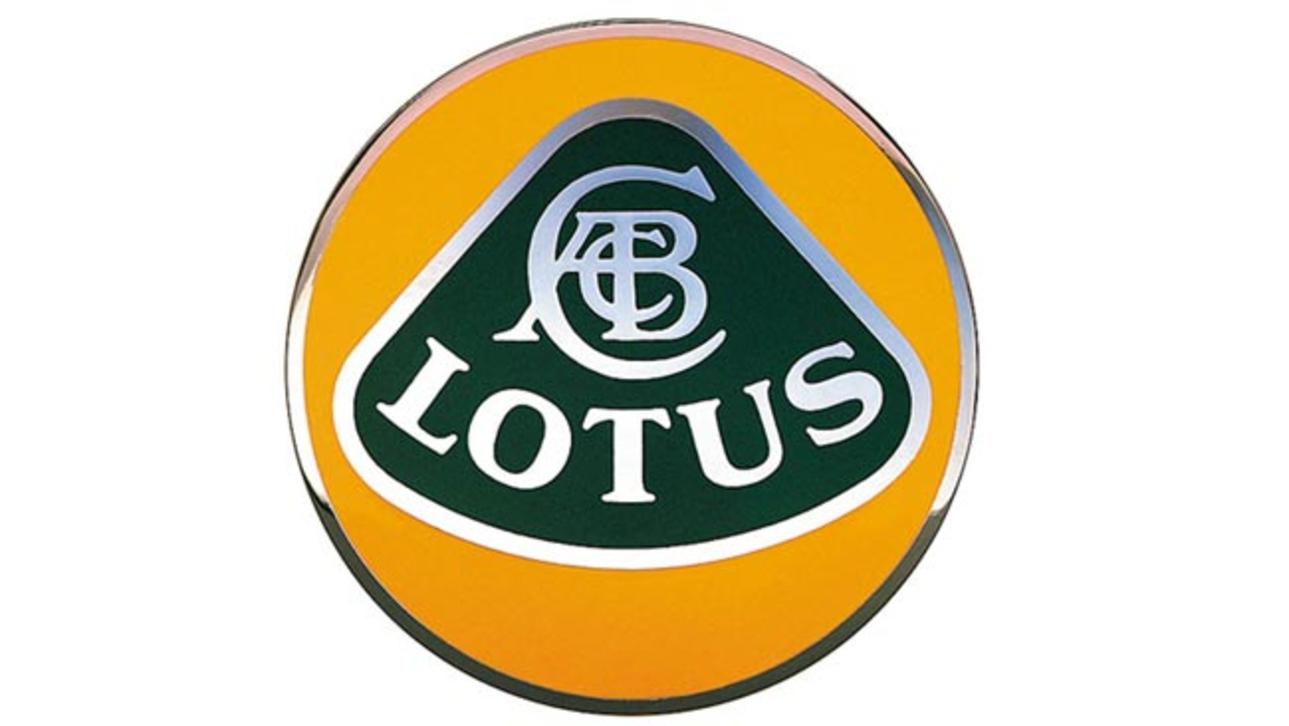It's the Elite, a long-overdue successor to the Esprit, that promises true supercar performance with a pricetag in the $300,000-plus range. The car is a front-engined 2+2 coupe that is also being developed as a hardtop convertible. Deliveries are not expected until 2014.
The Elite was dreamed up and developed by the team of ex-Ferrari staff who now control Lotus, led by managing director Dany Bahar. It's a massive step up from the road racer Elise and part of a plan to turn Lotus into a super-luxury brand to rival Ferrari and Lamborghini.
"There will always be those who believe that Lotus should stick to small sports cars, but we didn't take the decision to design something like the Elite lightly. It's based on months of careful research and planning," says Bahar, "It's worth noting this sector has been very successful for us in the past, and now the Elite raises the benchmark higher still. Make no mistake, there's a definite market requirement for the Elite - it's the ultimate sports car feel with comfort and space."
The Elite is expected to be followed by at least two other new models, also up and beyond the Elise.
Lotus is not going fully public with details on the car until the first day of the Paris Motor Show but has released some teaser information.
"There's no denying that the Elite is breathtakingly beautiful to look at, but its so much more than that: it's a car that over-delivers in all other aspects as well," Bahar says. "One could say it's a car of perfect contradictions; it's compact yet spacious, high performing yet low emitting, lightweight yet still reassuringly solid.''
The car has a 5-litre V8 engine - perhaps from Lexus - with 450 kiloWatts of power and 720 Newton-metres of torque, good enough for a top speed of 315km/h and a 0-100km/h sprint time below four seconds.
There is also a model with an optional hybrid system, using a Formula One-style Kinetic Energy Recovery System, although Lotus says the CO2 emission of the regular car is still only 215 grams/kilometre.



.jpg)

.jpg)

.jpg)
.jpg)

.jpg)
.jpg)










-1001x565-1.jpg)

.jpg)






.jpg)


Comments